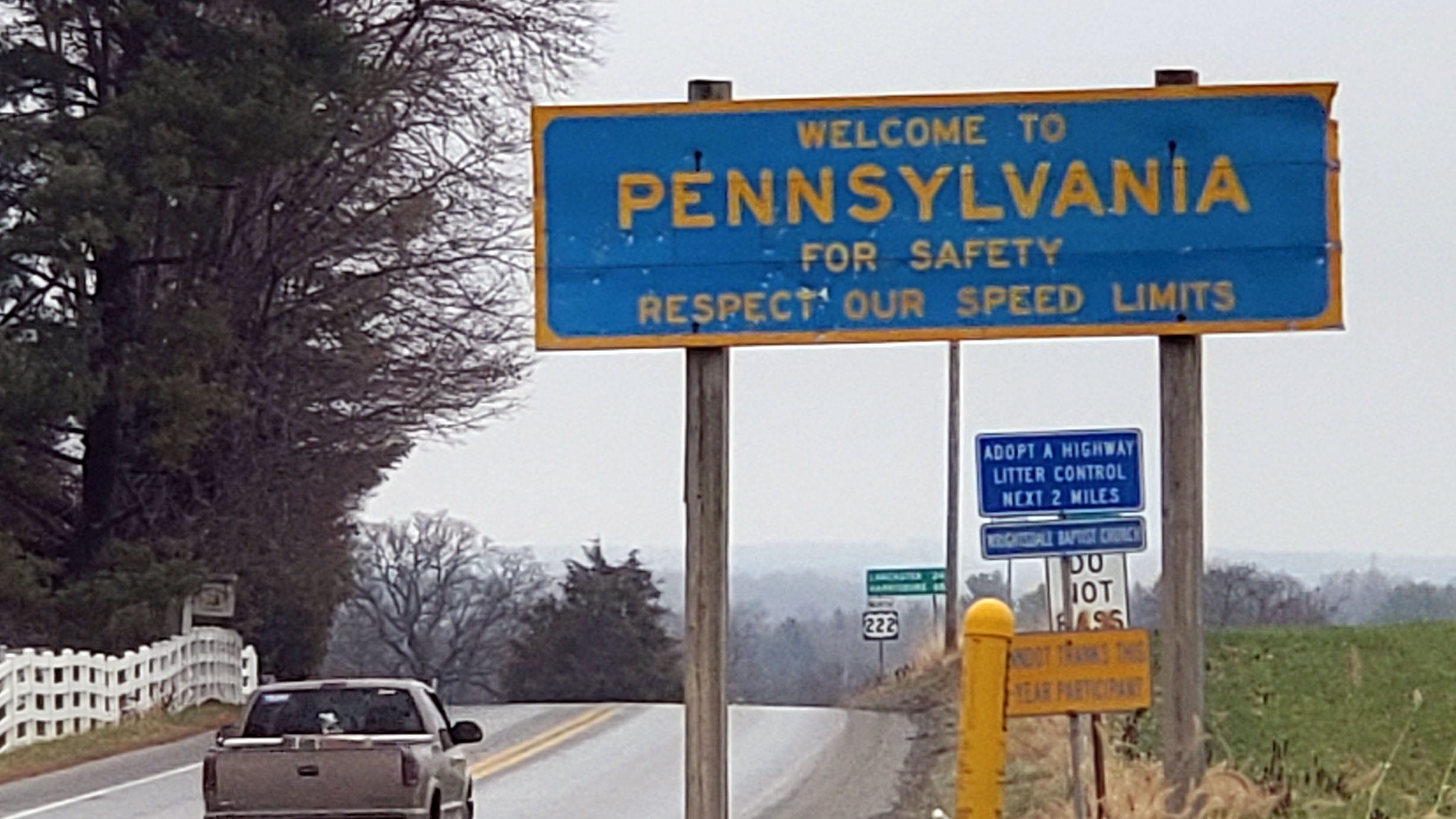The world is on pace to warm by as much as 2.9 C by the end of the century, nearly double the international target agreed upon less than a decade ago, a new United Nations report says.
The Emissions Gap report, released this morning, says maintaining the goal of limiting warming to the 2015 Paris Agreement target of 1.5 C above pre-industrial levels hinges on a rapid transformation away from fossil fuels toward renewable energy.
“The longer we wait, the harder it’s going to be,” Inger Andersen, executive director of the United Nations Environment Programme, which released the report, said at an online news conference.
“There is no person or economy left on the planet untouched by climate change, so we need to stop setting unwanted records on greenhouse gas emissions, global temperature highs and extreme weather.”
The 108-page UN report is the latest in a flurry of research released ahead of the climate talks, known as COP28, scheduled to begin next week in Dubai.
A report released last week in the Lancet medical journal warned of increases in food insecurity and heat-related deaths if temperatures rise by 2 C by the end of the century. A week earlier, another report found that top fossil fuel-producing countries, including Canada, are on pace to extract more oil and gas than would be consistent with agreed-upon international targets.
The world, meanwhile, is on track for its hottest year on record. Last month was the hottest October on record — marking the fifth consecutive month of record temperatures globally, according to Europe’s Copernicus Climate Change Service.
Urgent transformation needed, report says
The latest findings from the UN underscore the need for urgent action at COP28, said Taryn Fransen, one of the report’s authors and scientific director of the climate program at the Washington D.C.-based World Resources Institute.
“If countries achieve their most ambitious targets — cutting net emissions to zero by around 2050 — we can hold warming to even 2 C, but the trouble is, most countries haven’t yet underpinned those targets with legislation and implementation plans that will be needed to drive down emissions,” Fransen said in an email to CBC News.
To be successful, countries will need to make commitments to “transform numerous sectors at a pace and depth not seen before, such as rapidly and equitably shifting away from fossil fuels,” she said.
The UN report found global greenhouse gas emissions increased by 1.2 per cent from 2021 to 2022 to reach a new record last year.
According to the report, current and planned coal, oil and gas projects would emit more than 3.5 times the carbon than what would be required to limit warming to 1.5 C.
In percentage terms, the report said the world needs to cut 2030 emissions by 28 per cent to get on track to limit warming to 2 C. To reach the 1.5 target, emissions would need to be cut by 42 per cent.
Featured VideoGlobal demand for fossil fuels will peak before 2030, according to the International Energy Agency’s annual World Energy Outlook. Environmentalists say Canada lags in renewable energy investment and risks being left behind.
United Nations Secretary-General António Guterres said the “emissions gap is more like an emissions canyon — a canyon littered with broken promises, broken lives and broken records.”
“We know it is still possible to make the 1.5 degree limit a reality. And we know how to get there,” he said at a briefing.
“It requires tearing out the poisoned root of the climate crisis: fossil fuels. And it demands a just, equitable renewables transition.”
Onus on wealthy countries
The report said wealthy countries, including Canada, “will need to take more ambitious and rapid action and provide financial and technical support to developing nations.”
An audit of Canada’s climate policy found that, under its current plan, the country falls short of hitting the next greenhouse gas reduction target in 2030 by several million tonnes.

Environment Minister Steven Guilbeault has said that the federal government needs to do more to reduce emissions, with regulations expected by the end of the year to cap emissions on oil and gas production.
Fransen said Canada “needs to double down in order to meet the goals it has set for itself, pull its fair share globally,” and further increase incentives for renewables.
Overall, Fransen warned that a warming of 3 C poses “grave risks for human and natural systems.”
“Concretely, this looks like increased storm damage, crop failure, fisheries collapse, disease spread, and air pollution, among other impacts,” she said.




















Discussion about this post